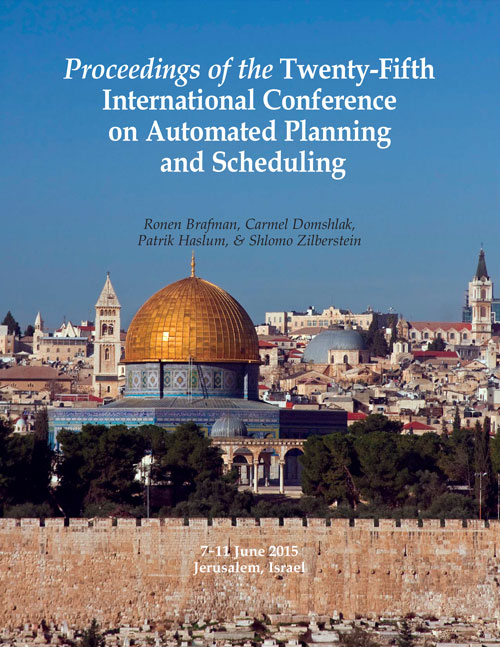Tight Bounds for HTN Planning
DOI:
https://doi.org/10.1609/icaps.v25i1.13721Keywords:
HTN Planning, Complexity, TheoryAbstract
Although HTN planning is in general undecidable, there are many syntactically identifiable sub-classes of HTN problems that can be decided. For these sub-classes, the decision procedures provide upper complexity bounds. Lower bounds were often not investigated in more detail, however. We generalize a propositional HTN formalization to one that is based upon a function-free first-order logic and provide tight upper and lower complexity results along three axes: whether variables are allowed in operator and method schemas, whether the initial task and methods must be totally ordered, and where recursion is allowed (arbitrary recursion, tail-recursion, and acyclic problems). Our findings have practical implications, both for the reuse of classical planning techniques for HTN planning, and for the design of efficient HTN algorithms.

